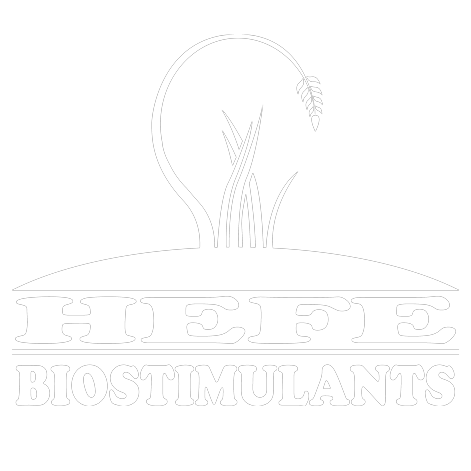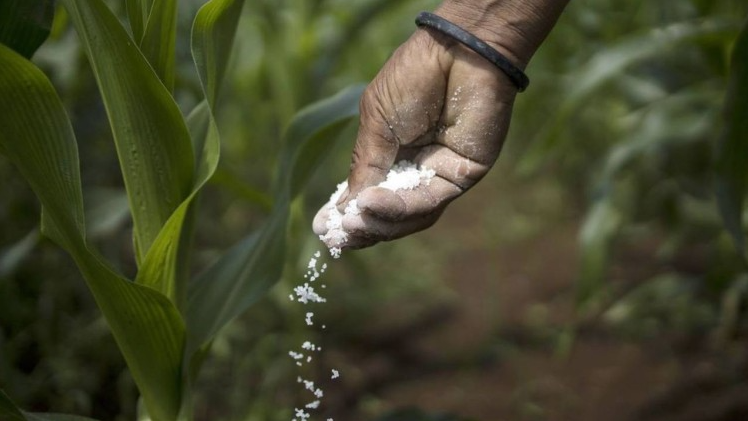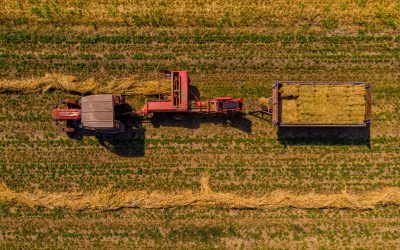As a keynote pattern, the evolution of inflationary pressures has always conditioned the future outlook of the Spanish economy as a whole.
It is not a novelty that the primary sector of agriculture has experienced an increase in its production costs for some time now, and to which we must add now the Ukrainian crisis.
The higher the production costs, the lower the sector develops
With most of the statistics for 2021 already published, we can see that the value of cropproduction increased by 10.7%, due to higher prices of products such as olive oil, cereals or industrial plants. Negative news for agricultural production as this is where its customers belong.
Farmers’ difficulties to transfer the increase in cost to the retail price is a structural problem that is difficult to mitigate for many reasons:
- Severity in demand
- Seasonality in the market
- Fragmentation of chain operators
In addition to all this, the current geopolitical crisis must be added as it aggravates the root of the problem for obvious reasons.
The interpretation of the increases in agricultural costs is reflected in the fact that agricultural fertilizer manufacturers have been particularly affected within this framework. The production price increased by 80.5% in 2021 due to the lack of chemical ingredients to carry out the fabrication, and it looks like the situation in Ukraine will maintain this level through 2022. The lack of Russian ammonium nitrate and other mineral fertilizers is the main focus in this worrying cost increase.
Fertilizers: an expensive good to produce
The already increased gas prices last year were the cause of the temporary closure of some fertilizers factories in Spain, and now, with the international conflict, the situation has worsened with further costs raised. This means that the past increase in prices is likely to be followed by a further increase in costs.
This situation became worse due to the price increases resulting from the mismatch between global supply and demand, plus the rising cost of electricity (the fertilizers industry needs a high consumption of this energy source), as well as the increase in prices of carbon dioxide which has been tripled since the beginning of 2021.
These circumstances can have a serious impact on conventional fertilizers manufacturers in Spain and Europe, which could even lead to the closure of more factories, capacity reductions or the relocation of the industry to other countries.
Organic fertilizers vs. fertilizers crisis
It is understandable to observe how the countryside is on alert due to the reduction of fertilizers supply and price rises in products, being these items indispensable for the growth of crops.
In light of this distressing situation, manufacturing companies such as ours are trying to contribute in the best possible way in order to supply the market against the decrease of fertilizer supply.
The key to alleviate this need can be found in the type of organic fertilizers, such as those we produce at HEFE Fertilizer. Replacing where possible those chemical components that are so scarce for more natural formulas driven by biotechnological research.
Products that advocate the mineral transformation which provide as many nutrients as chemical fertilizers, and which aims are the microbiological balance for an optimum soil fertility and a better hydration through the work of beneficial bacteria and microorganisms for the crop.
In summary, the crisis in fertilizer production —as in any other crisis resulting from the current economic situation— is to try to put a stop to it through viable alternative options that companies can offer. It is now when sustainable models are necessary not only to be environmentally friendly, but also to meet pure demand.




